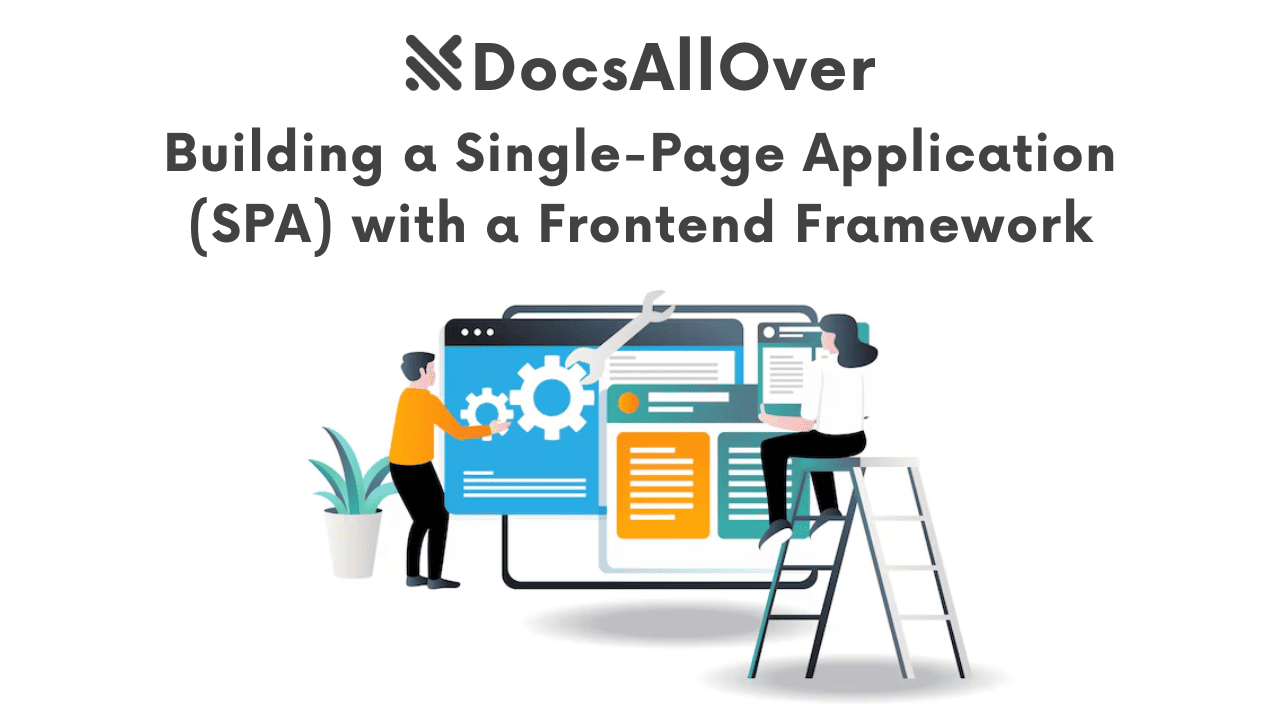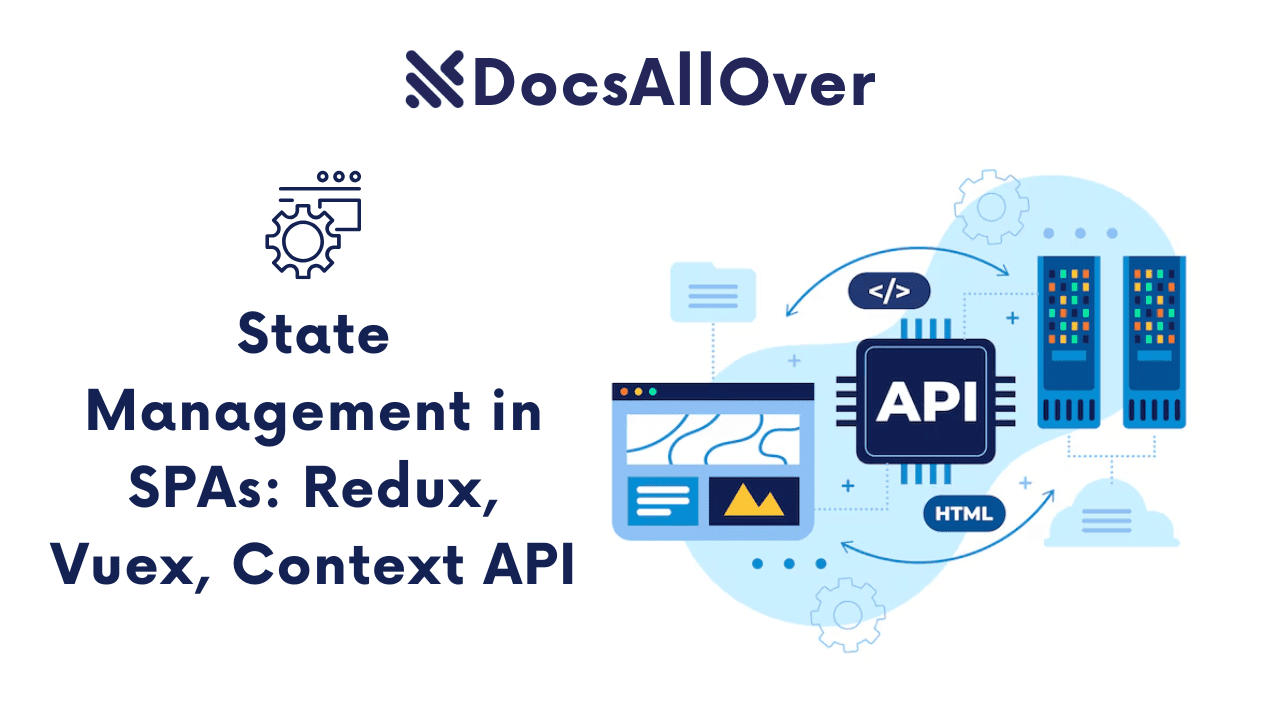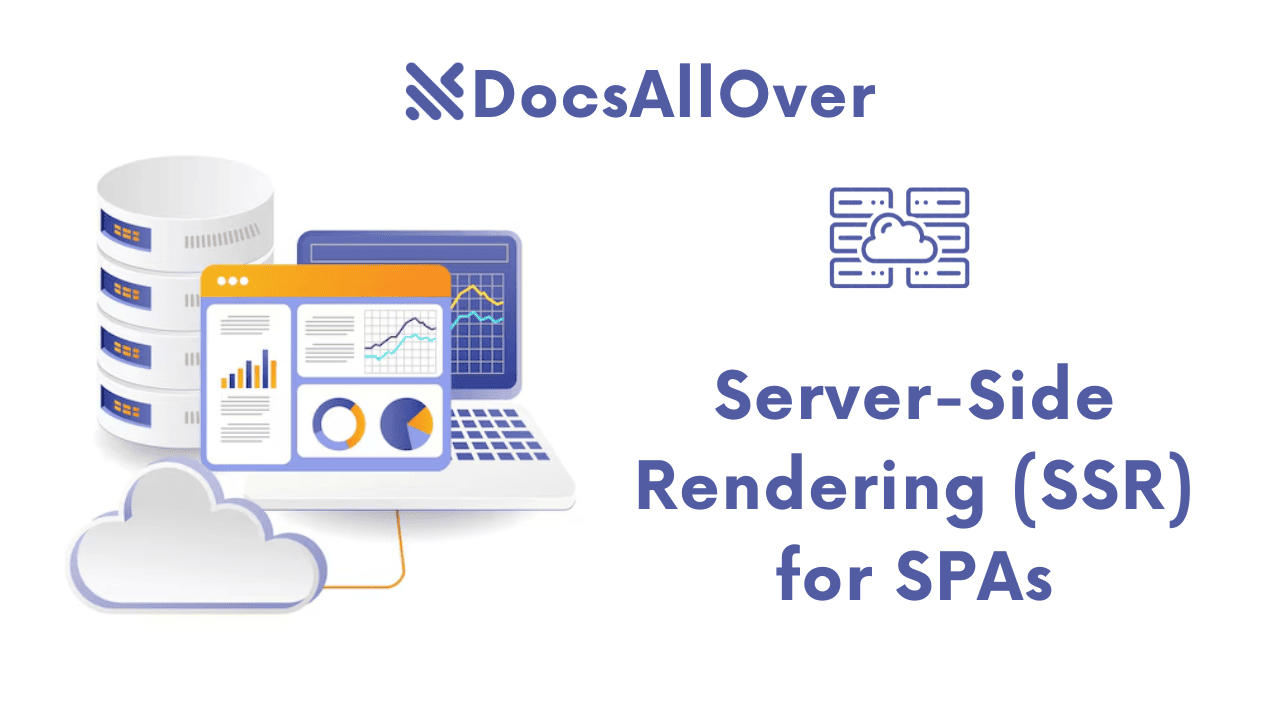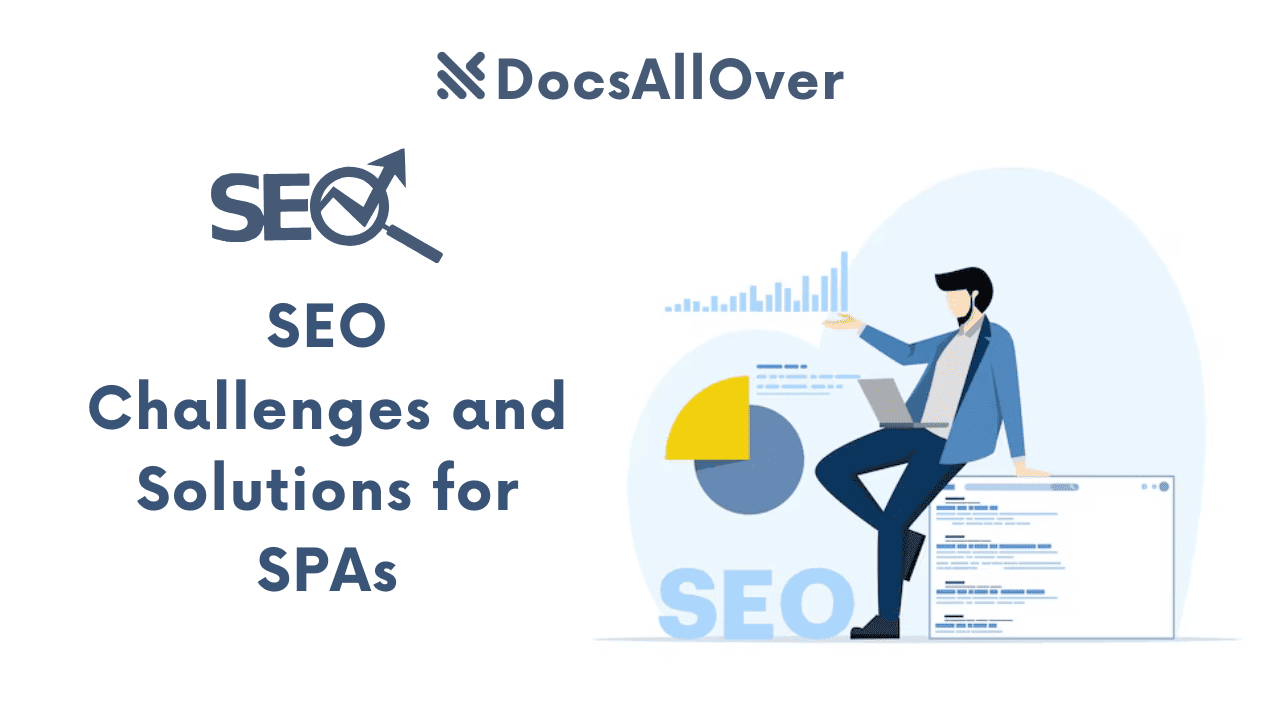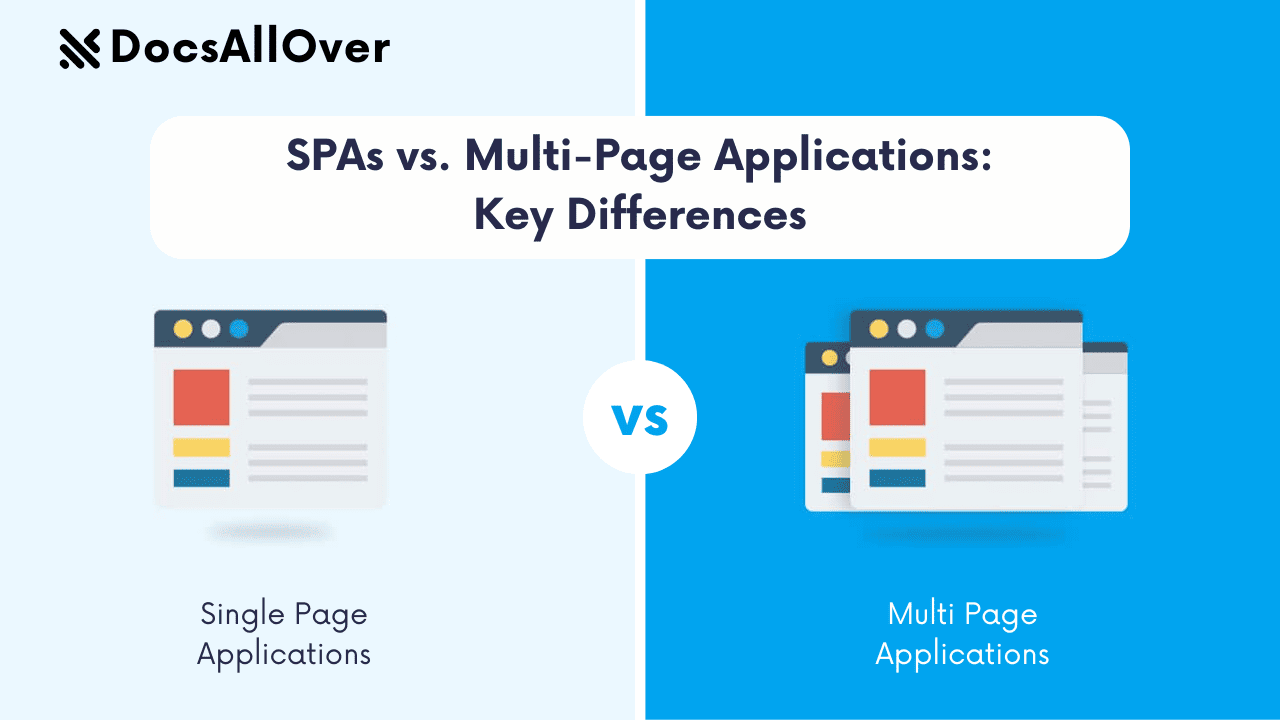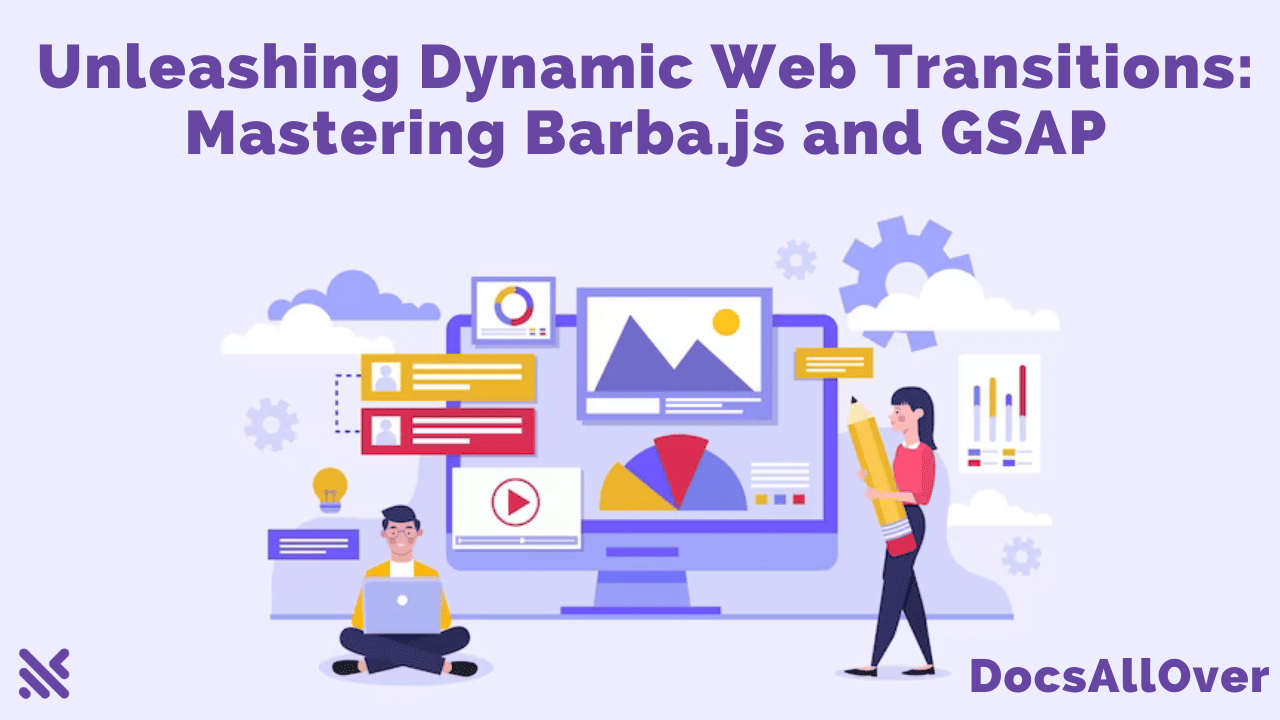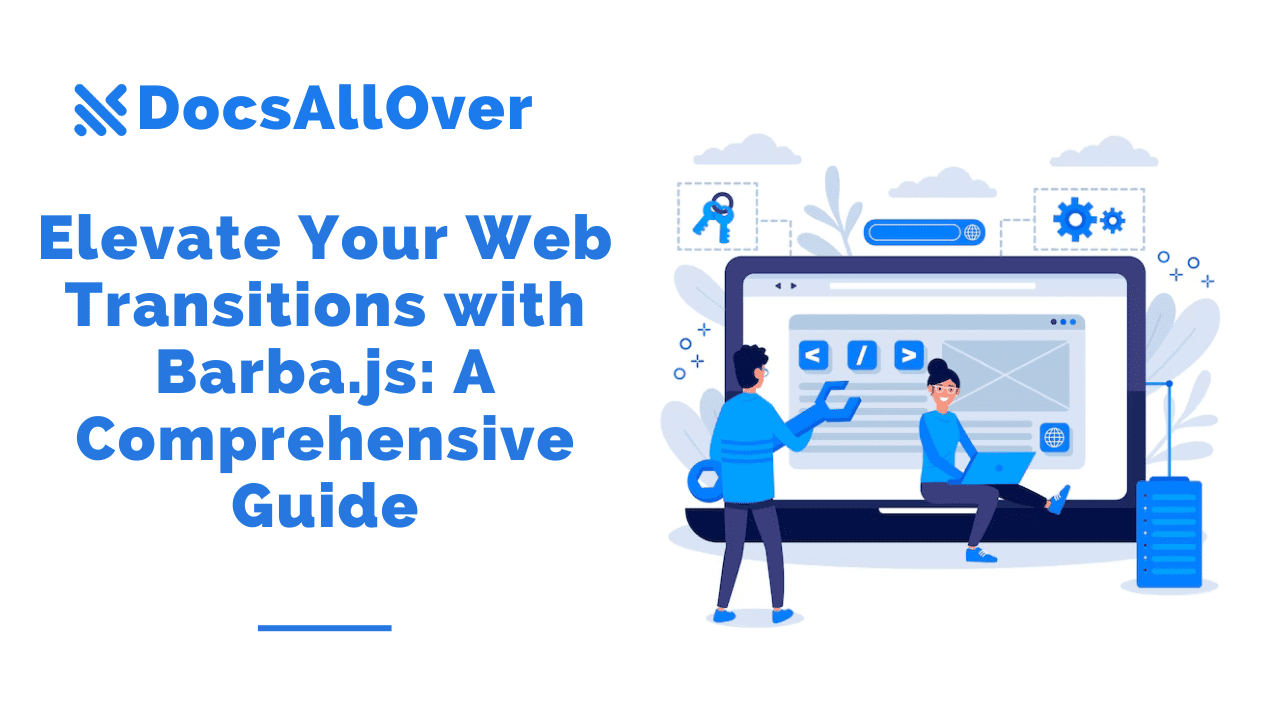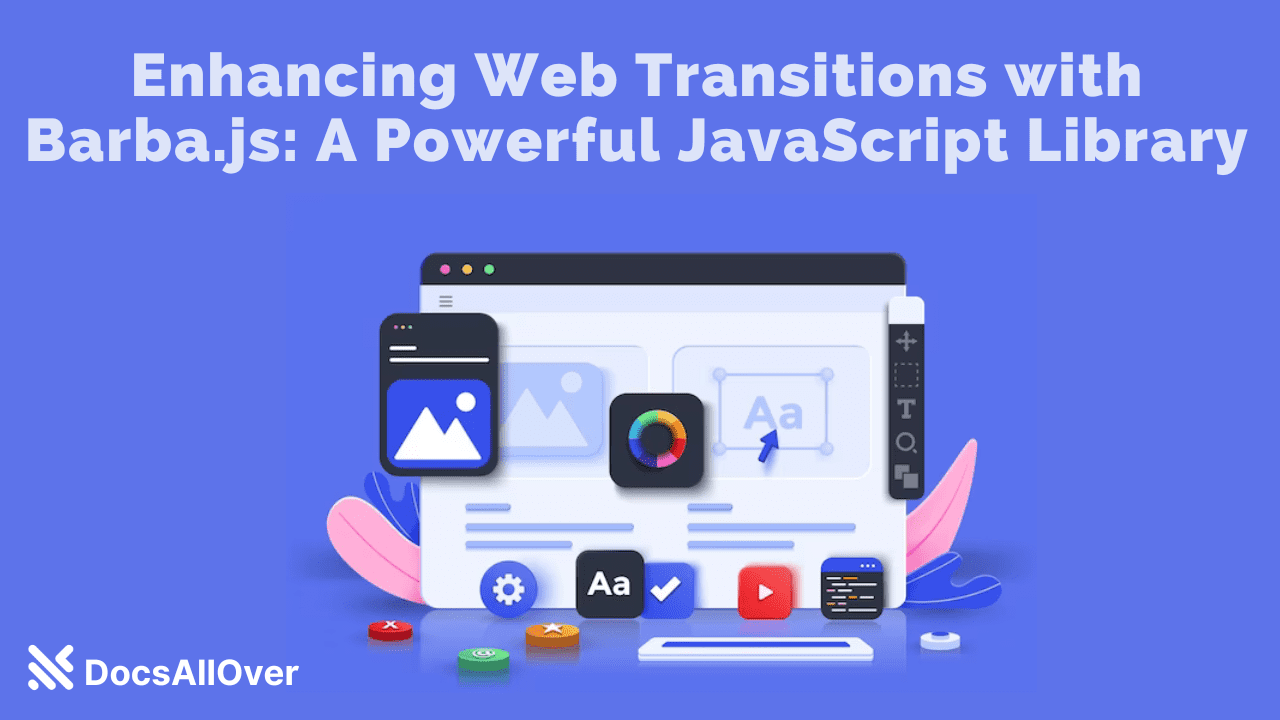Benefits and Drawbacks of SPAs
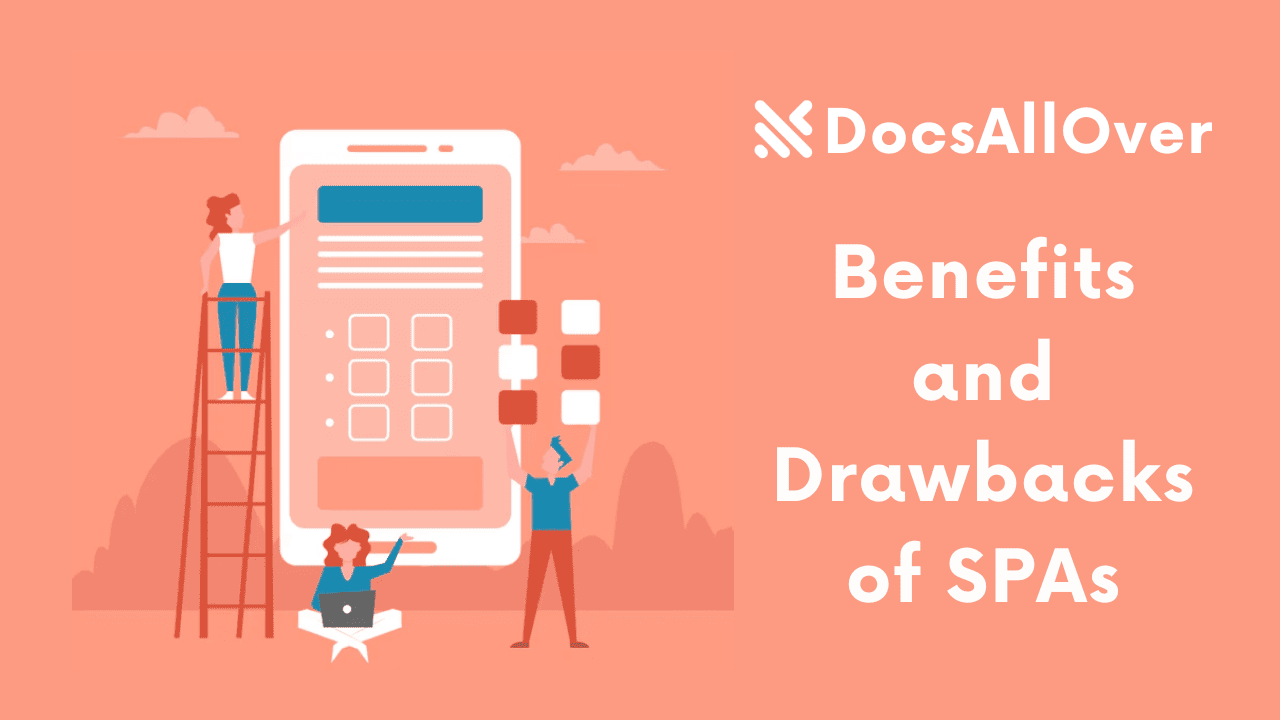
What is a Single-Page Application (SPA)?
A Single-Page Application (SPA) is a web application that loads a single HTML page and dynamically updates the content without reloading the entire page. This provides a more seamless and interactive user experience, similar to native mobile apps.
Key Characteristics of SPAs
- Dynamic content updates: SPAs load the initial HTML page and then update parts of the page dynamically using JavaScript and APIs.
- Rich user experience: SPAs can offer a more interactive and engaging user experience compared to traditional multi-page applications.
- Faster performance: SPAs can load faster than multi-page applications, especially on subsequent page loads.
- Increased complexity: SPAs require more complex development techniques, including JavaScript frameworks and routing mechanisms.
Importance of Understanding SPAs
Understanding SPAs is crucial for web developers and businesses looking to create modern and interactive web applications. SPAs offer significant advantages in terms of user experience and performance, but they also come with certain challenges. By understanding the benefits and drawbacks of SPAs, you can make informed decisions about their suitability for your projects.
Benefits of SPAs
Enhanced User Experience
- Seamless navigation: SPAs provide a more fluid and seamless user experience by avoiding page reloads.
- Instantaneous updates: Content can be updated dynamically without requiring a full page refresh.
- Rich interactions: SPAs can offer more interactive features, such as real-time updates, animations, and offline capabilities.
Improved Performance
- Faster load times: SPAs often load faster than traditional multi-page applications, especially on subsequent page loads.
- Reduced server load: SPAs can reduce the load on the server by handling more client-side logic.
- Optimized resource usage: SPAs can be optimized to load only the necessary resources, improving performance.
Simplified Development
- Centralized codebase: SPAs typically have a single codebase, making development and maintenance easier.
- Simplified state management: JavaScript frameworks provide tools for managing application state, simplifying development.
- Faster development cycles: SPAs can often be developed and deployed more quickly than traditional web applications.
Cross-Platform Compatibility
- Responsive design: SPAs can be designed to be responsive and adapt to different screen sizes and devices.
- Mobile-friendly: SPAs can provide a better user experience on mobile devices compared to traditional web applications.
- Hybrid app development: SPAs can be packaged as hybrid apps for deployment on mobile platforms.
Example:
A popular social media platform like Facebook is a prime example of a SPA. It loads a single HTML page and dynamically updates the content as users interact with the application. This provides a seamless and interactive user experience, with features like real-time updates, notifications, and personalized content.
Drawbacks of SPAs
Initial Loading Time
- Larger initial payload: SPAs often require loading a larger amount of JavaScript code and assets upfront, which can result in a longer initial load time.
- Slower initial rendering: The initial rendering of an SPA can be slower than a traditional multi-page application, especially on slower networks.
SEO Challenges
- SEO can be more complex: SPAs can present challenges for search engine optimization (SEO). Search engines may have difficulty indexing and crawling dynamic content.
- Server-side rendering: To address SEO challenges, SPAs often require server-side rendering to generate static HTML pages for search engines.
Browser Compatibility Issues
- JavaScript support: SPAs rely heavily on JavaScript, which may not be supported by all browsers or older devices.
- Browser inconsistencies: Different browsers may render SPAs differently, leading to compatibility issues.
Limited Browser History Support
- Navigation limitations: SPAs may have limitations in terms of browser history navigation and bookmarking.
- Deep linking challenges: Deep linking to specific sections of an SPA can be more complex compared to traditional multi-page applications.
Example:
Consider a large e-commerce website built as an SPA. While the user experience is generally smooth and interactive, the initial load time might be longer compared to a traditional multi-page website. Additionally, SEO can be more challenging, as search engines may have difficulty indexing dynamically generated content.
Key Considerations for Choosing SPAs
Project Requirements
- Complexity: SPAs are well-suited for complex applications with rich user interfaces and dynamic content.
- User experience: If a seamless and interactive user experience is a priority, SPAs can be a good choice.
- Performance: Consider the performance requirements of your project. SPAs can be optimized for performance, but initial load times and resource usage may be higher.
Development Team Expertise
- JavaScript proficiency: SPAs rely heavily on JavaScript, so your development team should have strong JavaScript skills.
- SPA framework experience: Familiarity with popular SPA frameworks like React, Angular, or Vue.js can streamline development.
Performance Expectations
- Initial load time: If initial load time is critical, consider optimizing your SPA for performance and potentially using server-side rendering.
- Resource usage: Evaluate the resource requirements of your SPA, especially for mobile devices.
Long-Term Maintenance
- Scalability: Consider how your SPA will scale as your user base grows.
- Maintainability: Evaluate the long-term maintainability of your SPA, including the complexity of the codebase and the availability of support resources.
Example:
If you are building a large-scale e-commerce platform with complex features and a focus on user experience, an SPA might be a suitable choice. However, if initial load time is a critical factor and your development team lacks experience with JavaScript frameworks, a traditional multi-page application might be more appropriate.
Best Practices for Building SPAs
Choose the Right SPA Framework
- Evaluate popular frameworks: Consider frameworks like React, Angular, Vue.js, or Ember.js based on your team's expertise and project requirements.
- Consider community and ecosystem: Choose a framework with a large and active community for support, resources, and third-party libraries.
- Assess performance and scalability: Evaluate the performance and scalability of different frameworks to ensure they meet your project's needs.
Optimize Performance
- Code optimization: Write efficient JavaScript code and avoid unnecessary operations.
- Lazy loading: Load resources only when needed to improve initial load times.
- Caching: Implement caching mechanisms to store frequently accessed data locally.
- Bundle and minify assets: Combine and compress JavaScript, CSS, and other assets to reduce file size and improve load times.
Ensure SEO Friendliness
- Server-side rendering: Consider using server-side rendering to generate static HTML pages for search engines.
- Meta tags: Use appropriate meta tags to provide information to search engines.
- Dynamic content: Make sure search engines can crawl and index dynamic content within your SPA.
- Structured data: Implement structured data markup to help search engines understand your content better.
Consider Offline Functionality
- Offline capabilities: If offline functionality is important, explore techniques like service workers and IndexedDB to enable offline access.
- Progressive web apps (PWAs): Consider building your SPA as a PWA to provide offline capabilities and other features.
Prioritize Security
- Input validation: Validate user input to prevent security vulnerabilities like injection attacks.
- Data encryption: Encrypt sensitive data both in transit and at rest.
- Secure communication: Use HTTPS to protect data transmitted over the network.
- Regular updates: Keep your SPA framework and dependencies up-to-date to address security vulnerabilities.
By following these best practices, you can build high-quality and performant SPAs that provide a great user experience and meet the requirements of your project.
